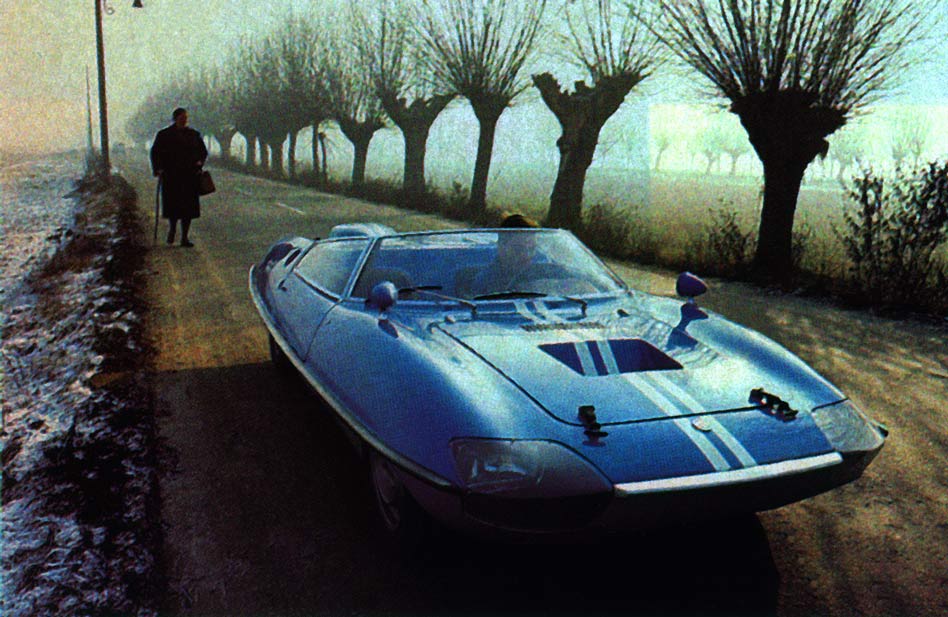
During the 1950s, Marbon-Chemical in the United States pioneered the development of ABS plastic (acrylonitrile-butadiene-styrene). This particular plastic, known by the trade name Cycolac, found its primary applications in housing parts and boat building. Seeking to expand its market reach and boost sales in the early 1960s, Marbon-Chemical took a strategic step by venturing into the automotive industry. The decision was made to create prototype automobiles, aiming to attract customers within the automotive sector.
To realize this ambitious plan, Marbon-Chemical initiated a collaboration with Centaur Engineering, a company renowned for its expertise in racing car construction during that era. Under the guidance of their skilled designer, Dann Deaver, a series of five prototypes were developed. These prototypes were given the designation CRV-I to CRV-V, with CRV standing for Cycolac Research Vehicle. This innovative approach not only showcased the versatility of ABS plastic but also positioned Marbon-Chemical as a player in the automotive industry.
The successful partnership with Centaur Engineering not only resulted in the development of these prototypes but also laid the groundwork for Cycolac’s integration into the automotive realm. This venture marked a pivotal moment in the plastics industry, demonstrating the adaptability of ABS plastic beyond traditional applications and opening new possibilities in the dynamic world of automobile manufacturing.
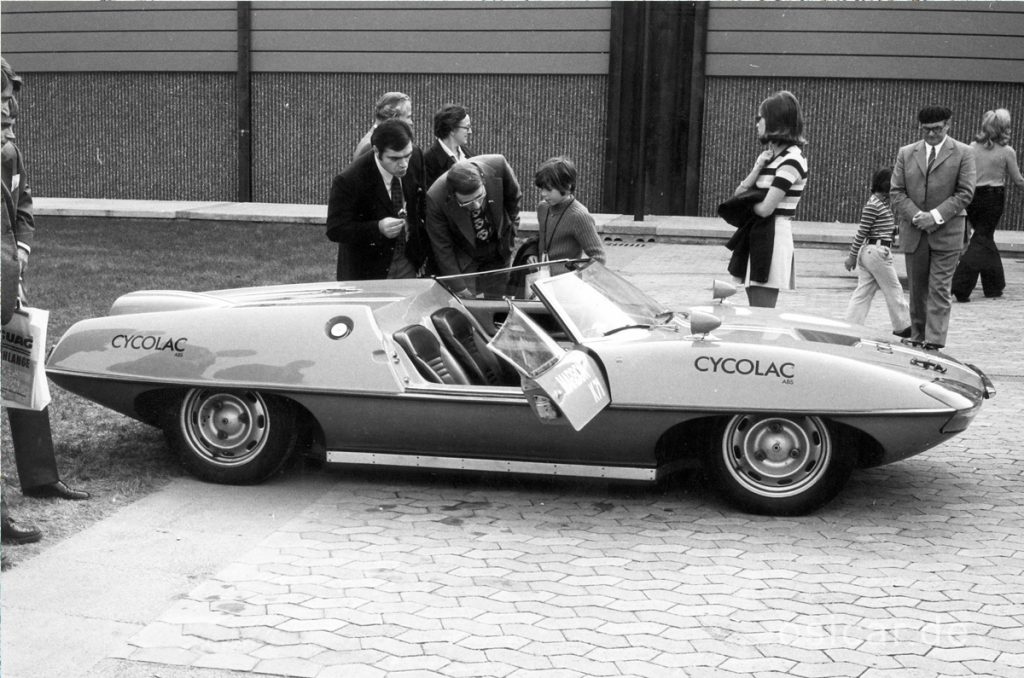
In 1966, Marbon-Chemical dispatched the freshly completed CRV-V prototype to Europe. Tasked with the responsibility, Guus Biermann, an employee of the Dutch branch of Marbon-Chemical, embarked on a journey across the continent. His mission was to introduce the car to major car manufacturers and Italian carrozzieri. The initial connection occurred during the fall of 1966 when Biermann, then residing in Switzerland, entrusted the CRV-V to the “Centro Stile” of OSI in Borgaro, a suburb of Turin, for the weekend. This marked the beginning of the car’s European tour and its introduction to the automotive landscape.
A chance encounter led to an unauthorized joyride of the CRV by an OSI employee, resulting in a near-complete destruction of the car in a rollover accident. Despite the unfortunate incident, the driver survived with injuries. The damaged remnants of the CRV were subsequently shipped back to the USA.
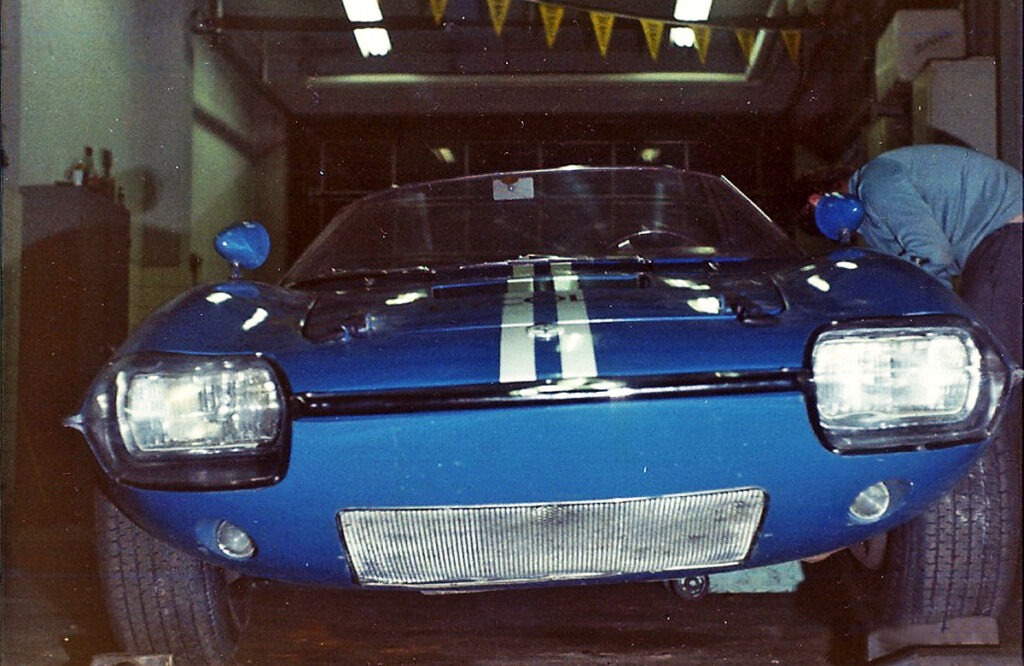
The damaged remains of the CRV were subsequently shipped back to the USA. To address the aftermath, Marbon-Chemical and OSI collaborated to construct a new CRV. Marbon-Chemical produced the body shells, delivering them directly to Alpine in France, with whom OSI had a cooperation agreement since 1965. Alpine incorporated Renault Gordini technology into the vehicle, passing it on to OSI for the final assembly of the CRV.
The newly minted CRV made appearances at fairs in London and Paris, as well as the IAA in Frankfurt. Guus Biermann, who had initially commenced the tour with the CRV-V, continued the journey with the OSI CRV. However, after a few months, as the car lost its novelty, Biermann concluded the tour. The OSI CRV found its temporary home in a warehouse at the Dutch Marbon-Chemical branch north of Amsterdam. Despite the setback, the collaborative efforts of Marbon-Chemical and OSI brought about a resilient and refined version of the CRV, showcasing the resilience and adaptability of both companies in the face of challenges.
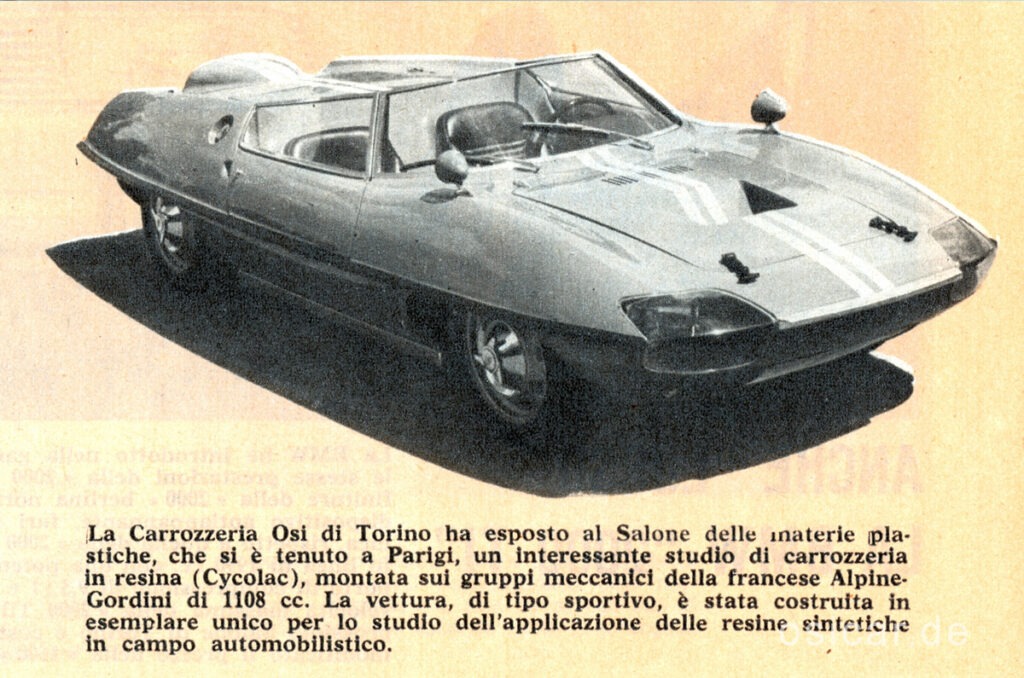
The promotional tour’s most significant achievement possibly occurred with the sale of the manufacturing process to Citroen, culminating in the production of a vehicle on a larger scale – the Citroen Mehari, featuring an ABS body. The production method facilitated the creation of large half-shells, resembling a process more akin to boatbuilding. In the automotive sector, ABS plastic finds extensive application in crafting trim parts like lamp rings or radiator grilles. Notably, Cycolac, a type of plastic, exhibits excellent chrome plating capabilities in the automotive industry.
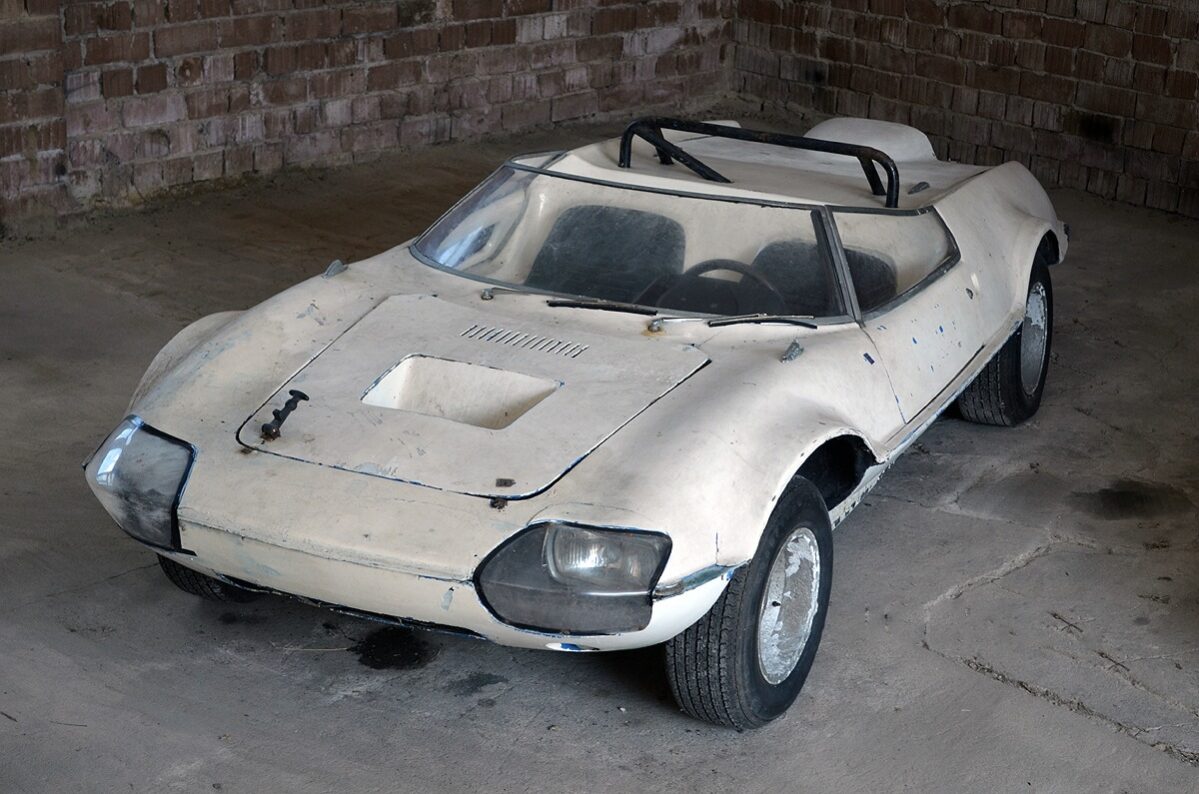
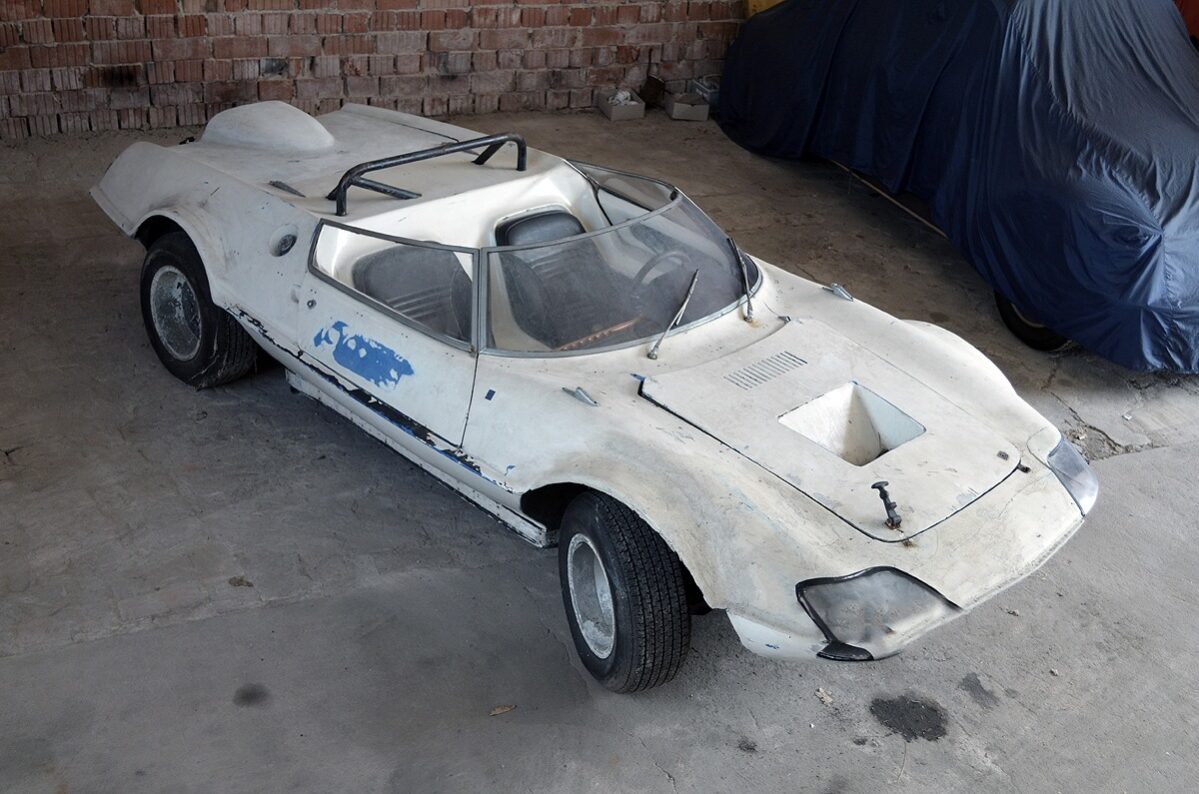
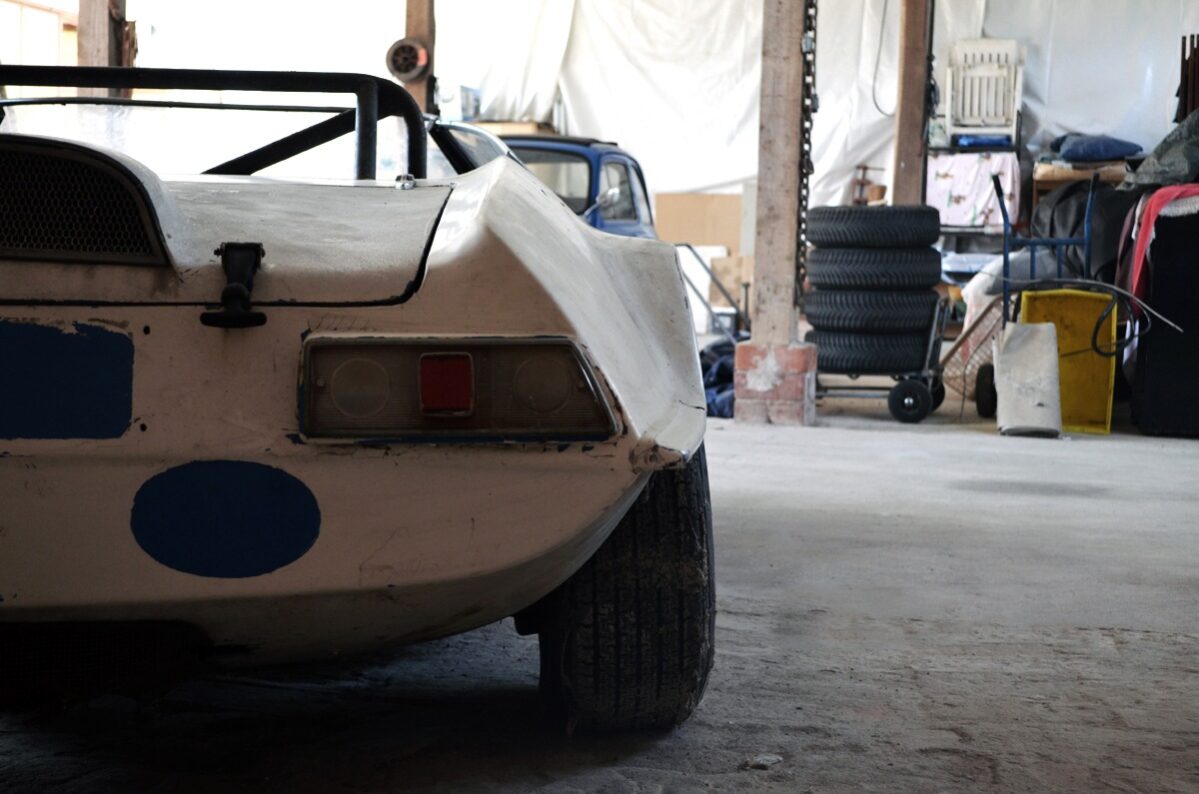
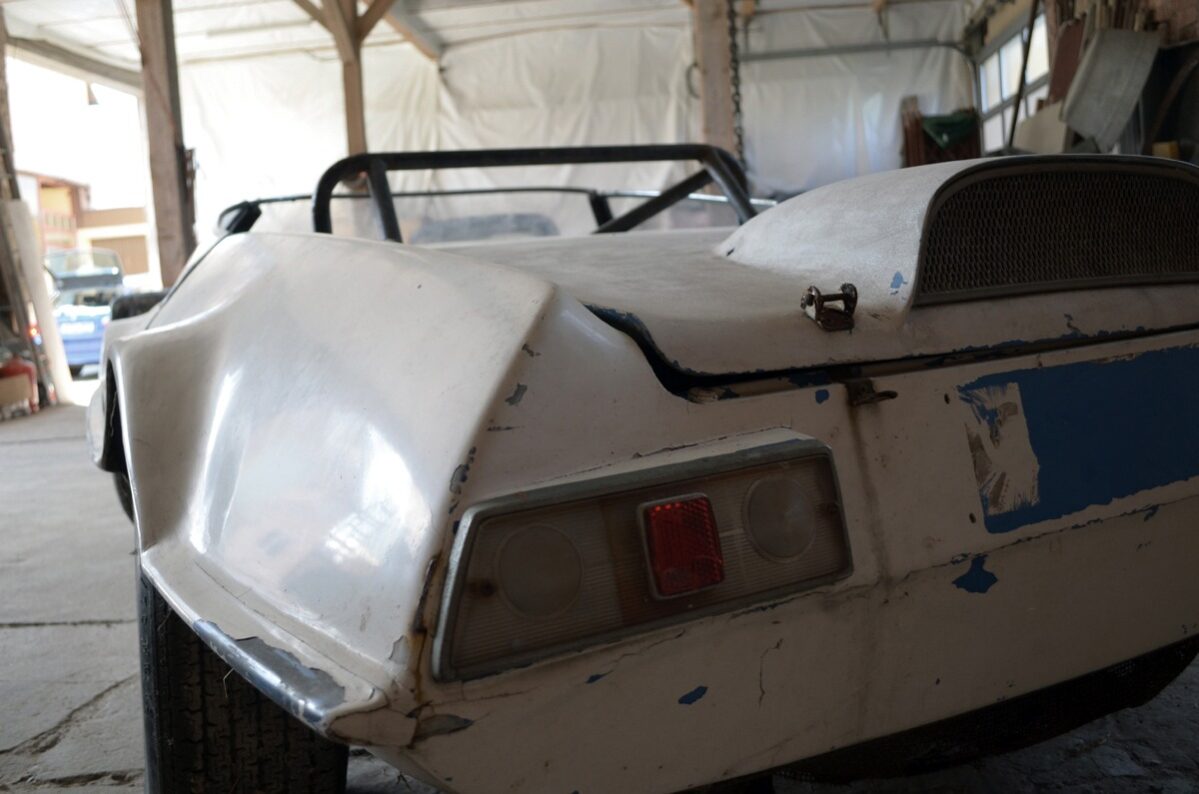
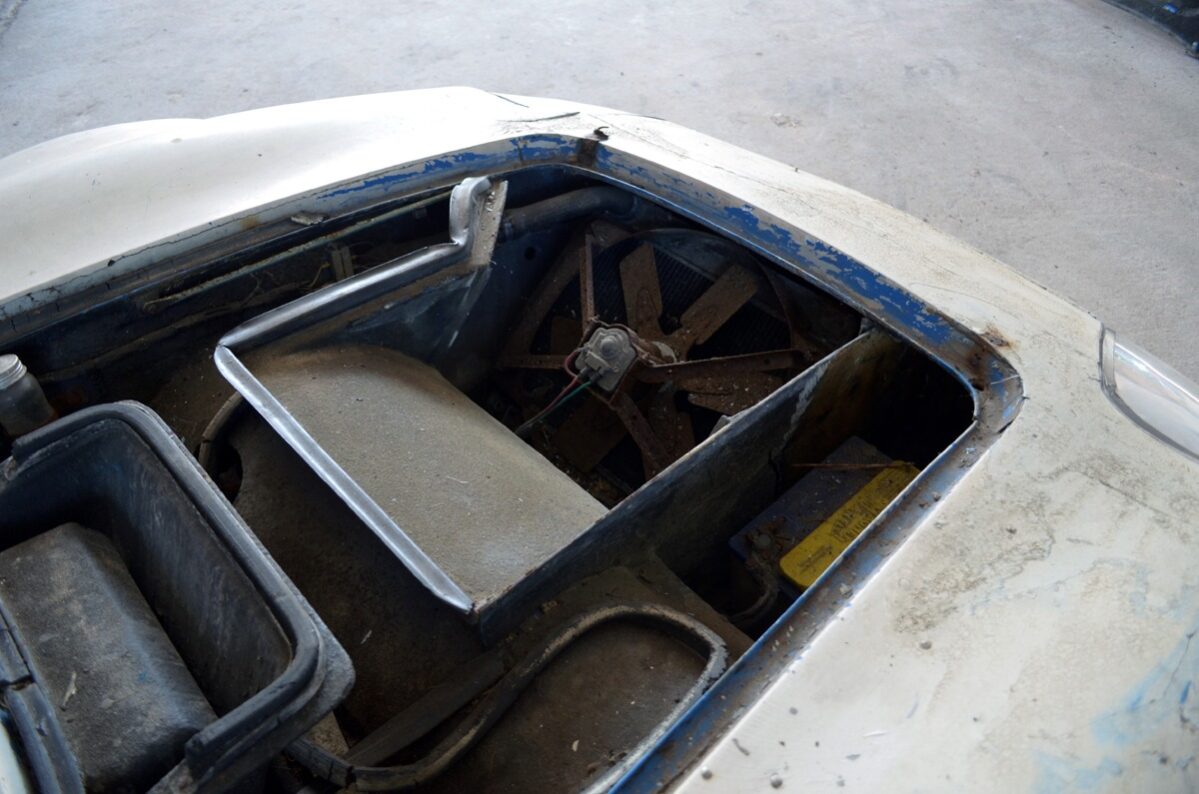
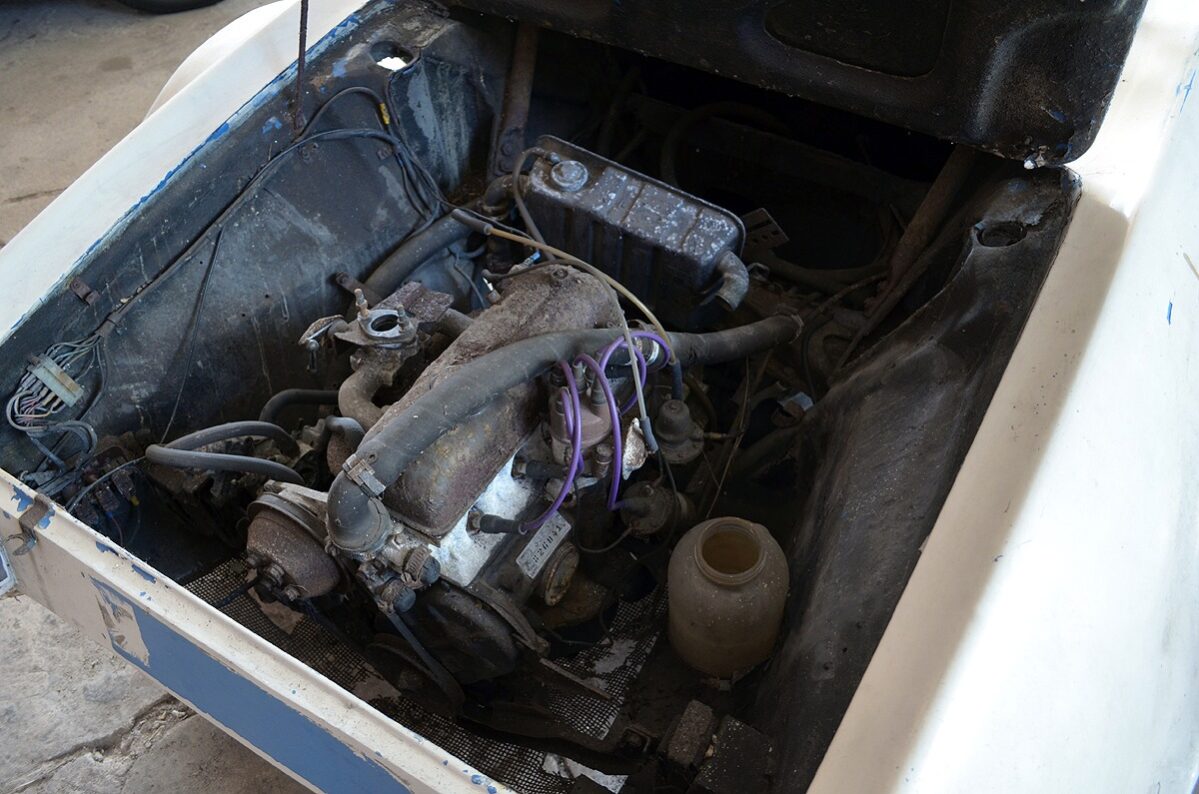
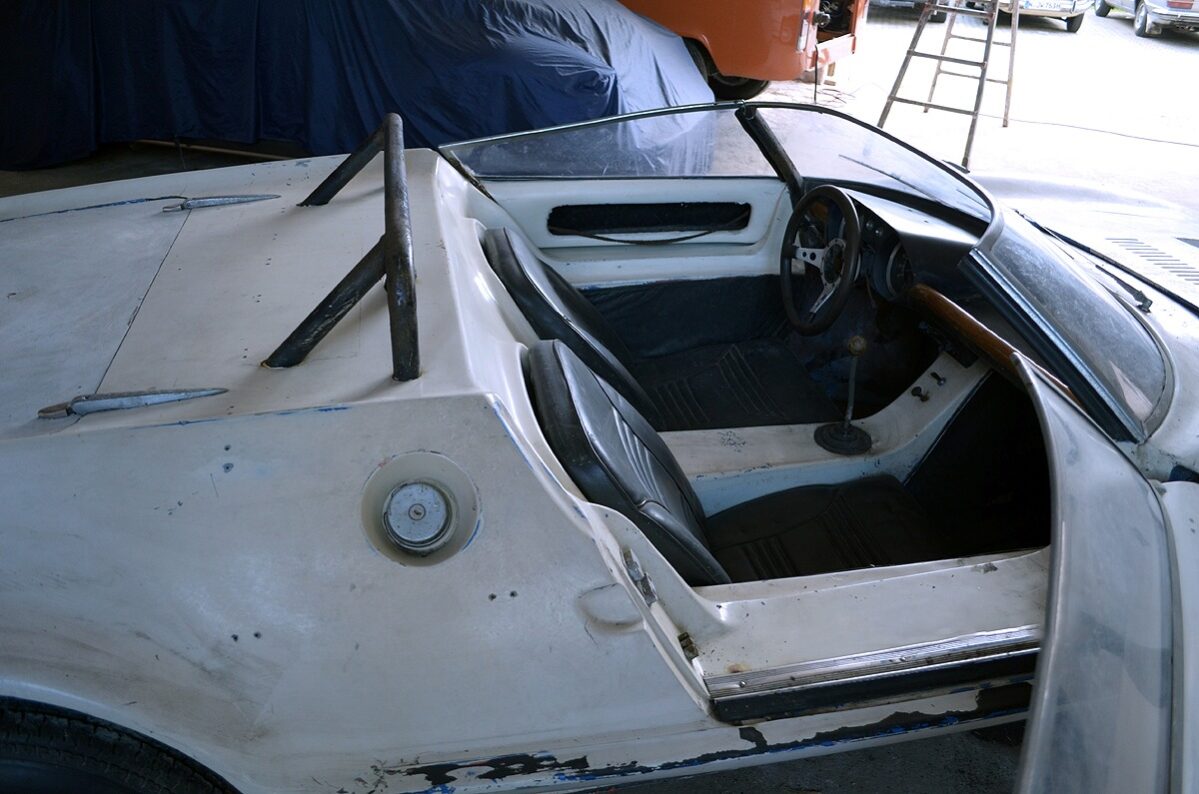
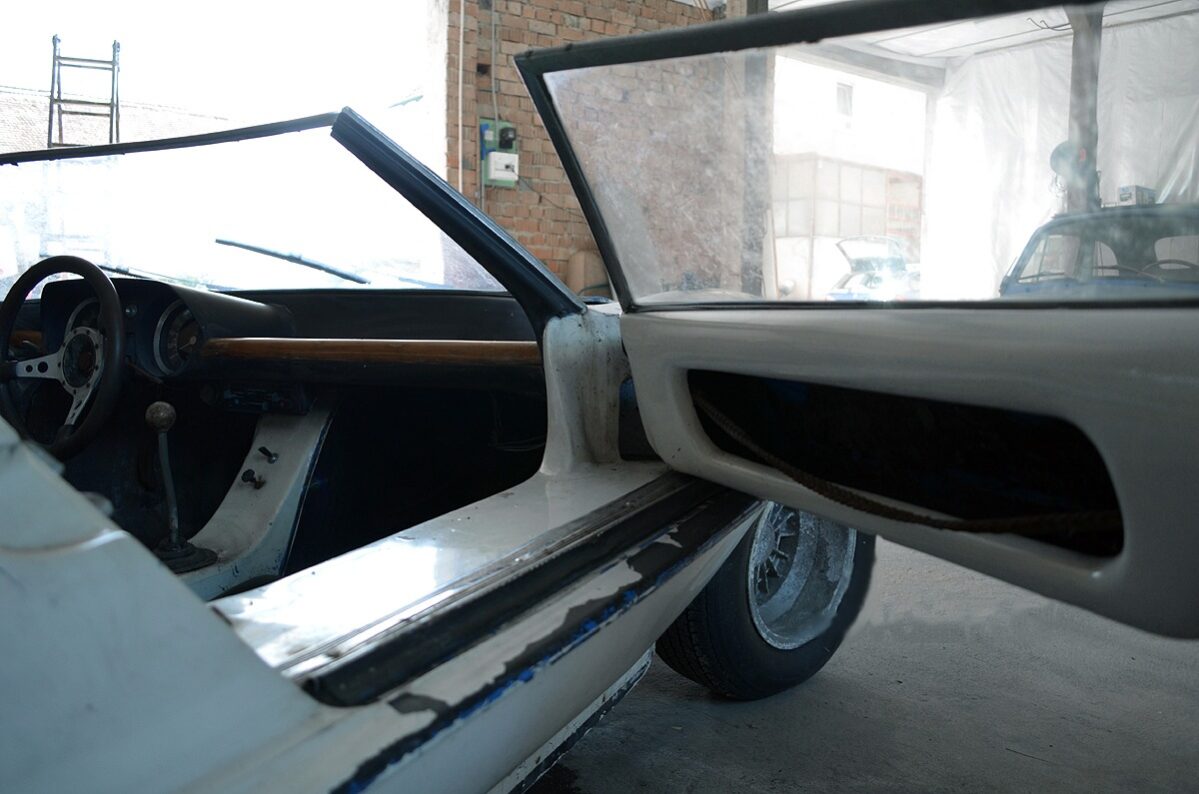
Sources:
01. “Alpine” by Dominique Pascal
02. “Quattroruote” 1966
03. http://osicar.de


